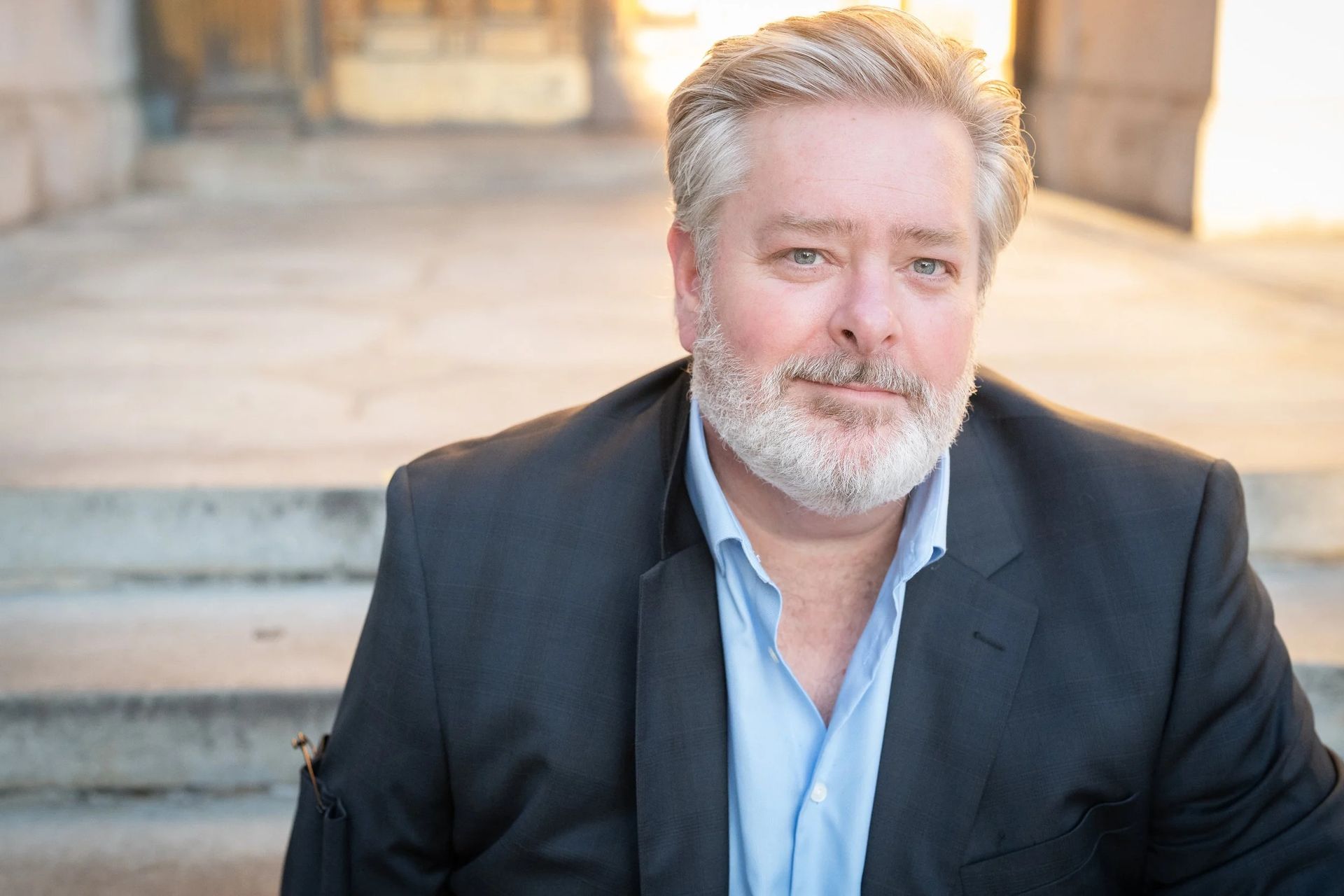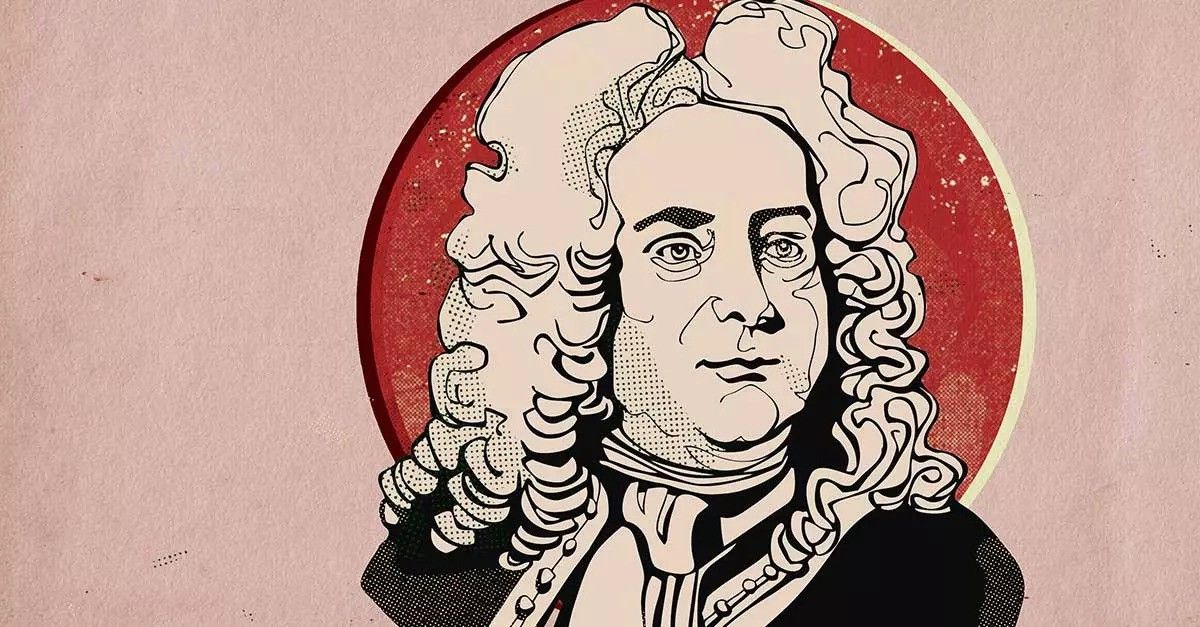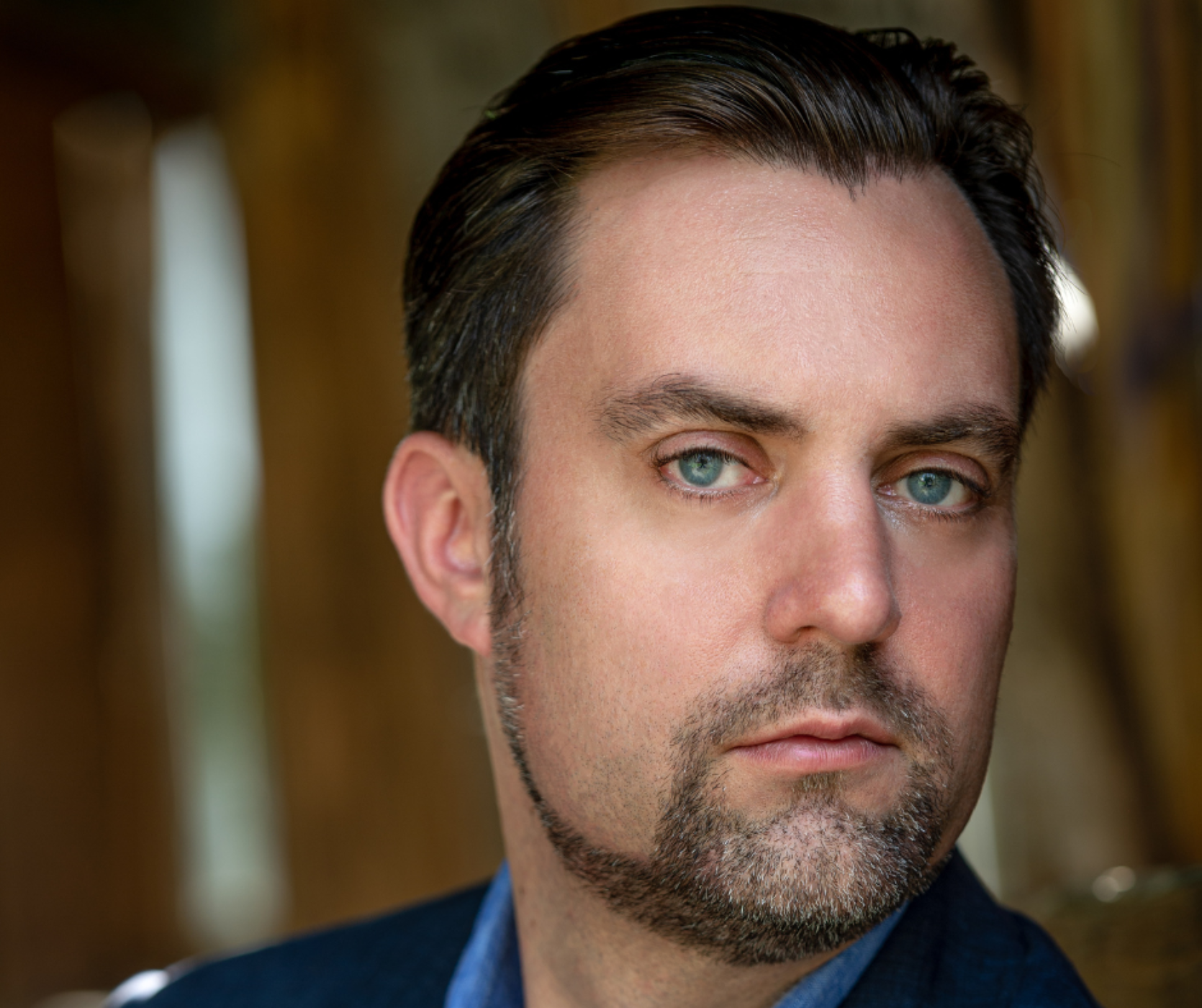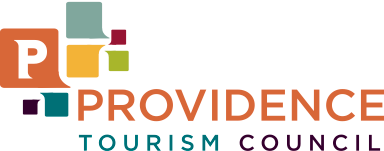THE STORY BEHIND: Mozart's Piano Concerto No.22
Share
On October 13 & 14, conductor Nicholas McGegan and the Rhode Island Philharmonic Orchestra will present JEREMY DENK PLAYS MOZART with pianist Jeremy Denk.
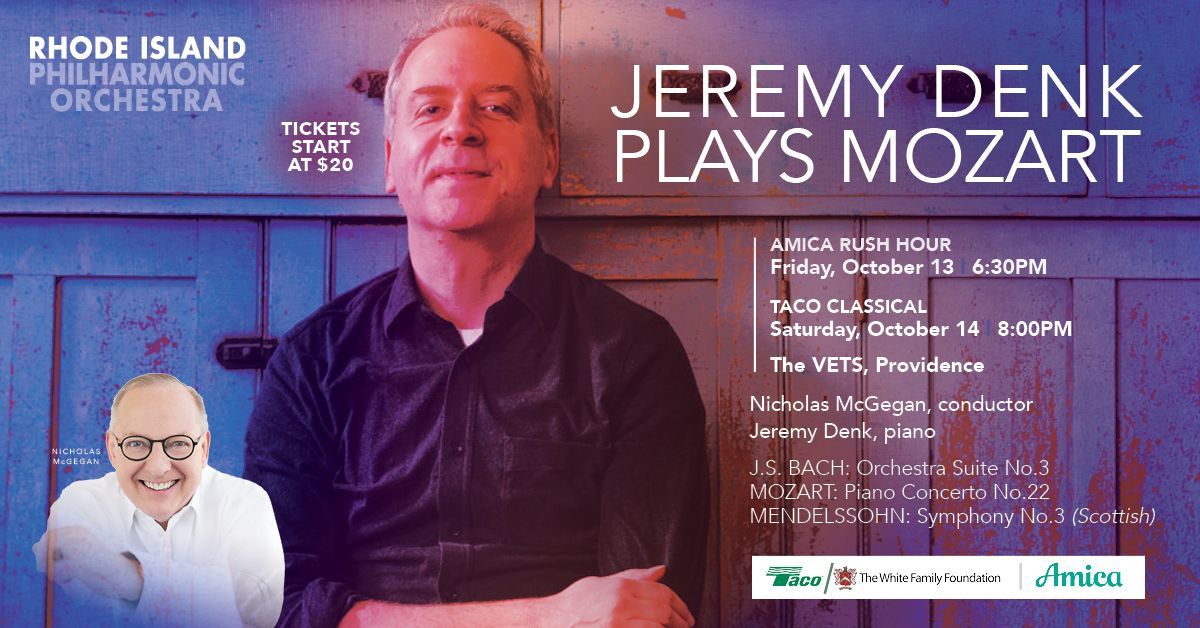
Title:
Piano Concerto No.22, K.482, E-flat major
Composer:
Wolfgang Amadeus Mozart (1756-1791)
Last time performed by the Rhode Island Philharmonic:
This is a RI Philharmonic Orchestra premiere. In addition to a solo piano, this piece is scored for flute, two clarinets,
two bassoons, two horns, two trumpets, timpani and strings.
The Story: For Wolfgang Amadeus Mozart, great accomplishments sometimes came in threes. We know that he composed the great “final trilogy” of symphonies within a six-week period during the summer of 1788. In the medium of the piano concerto, there is also a great trilogy composed in the months preceding and during Lent of 1786: the concertos in E-flat major (K. 482), A major (K. 488), and C minor (K. 491). Truly astonishing is that simultaneously the composer was hard at work on
The Marriage of Figaro. On December 16, 1785, Mozart completed the E-flat Major Concerto, and that night he played its premiere between the acts of an opera by Carl Dittersdorf. That audience was so impressed that it demanded an encore of the
Andante movement (a rather unusual occurrence at the time).
The orchestra introduces the first movement with a series of varied themes ranging from majestic fanfares to heartfelt
Figaro-like melodies. The piano’s entrance adds striking touches of decorative rhetoric. Yet through it, we hear Mozart’s elegant commentaries on several of the themes. He also reserves a few new musical ideas for the piano-orchestra coupling. The development takes us through some new key colors in a journey that ends emphatically with the return of the original themes. Mozart left us no cadenzas for this concerto, so performers may add their own musical commentary near the end of each movement.
The audience that insisted on an encore of the slow movement must have been touched to the heart. For it is a movement so full of emotion that we might at moments mistake it for Beethoven’s music. Using the orchestra as an expressive tool, Mozart sets the scene for piano solos of extreme introspection and melancholy. On balance, interludes from the woodwinds shine a mellow light on the otherwise shadowy atmosphere.
The rondo finale is one of Mozart’s “hunting-horn” style movements. Fairly dancing with peasant joy (and the cheery hope for an early spring?), the music makes its way through virtuosic episodes for the piano mingled with buoyant reprises of the rhythmic main theme. A nostalgic section recalls a little of the
Andante’s
feeling, only to be swept up in the rondo’s strong rhythms. This leads finally to a piano cadenza, the rondo theme’s final appearance, and a uniquely engaging finish.
Program Notes by Dr. Michael Fink © 2023 ALL RIGHTS RESERVED
Tickets start at $20! Click HERE or call 401-248-7000 to purchase today!

